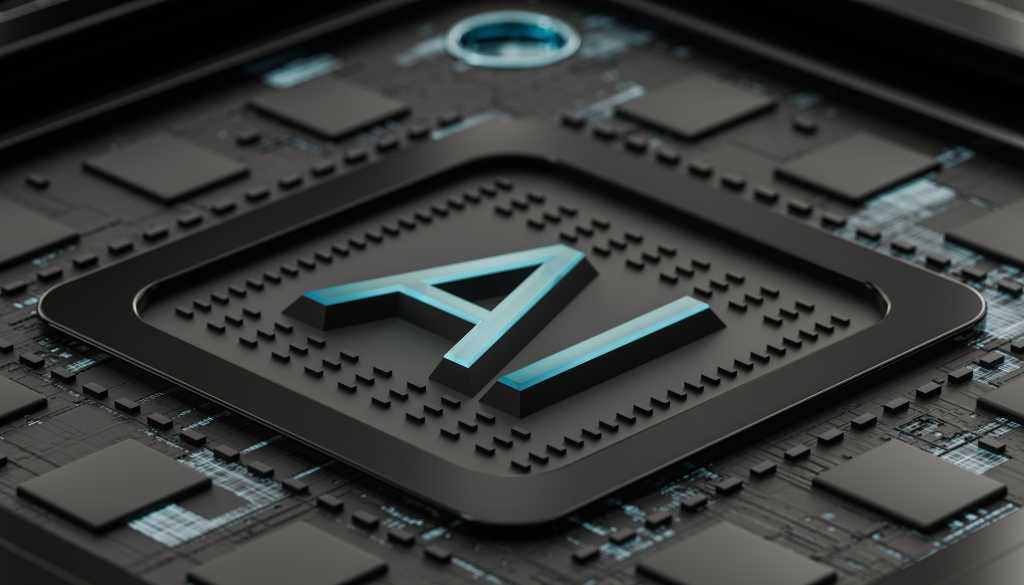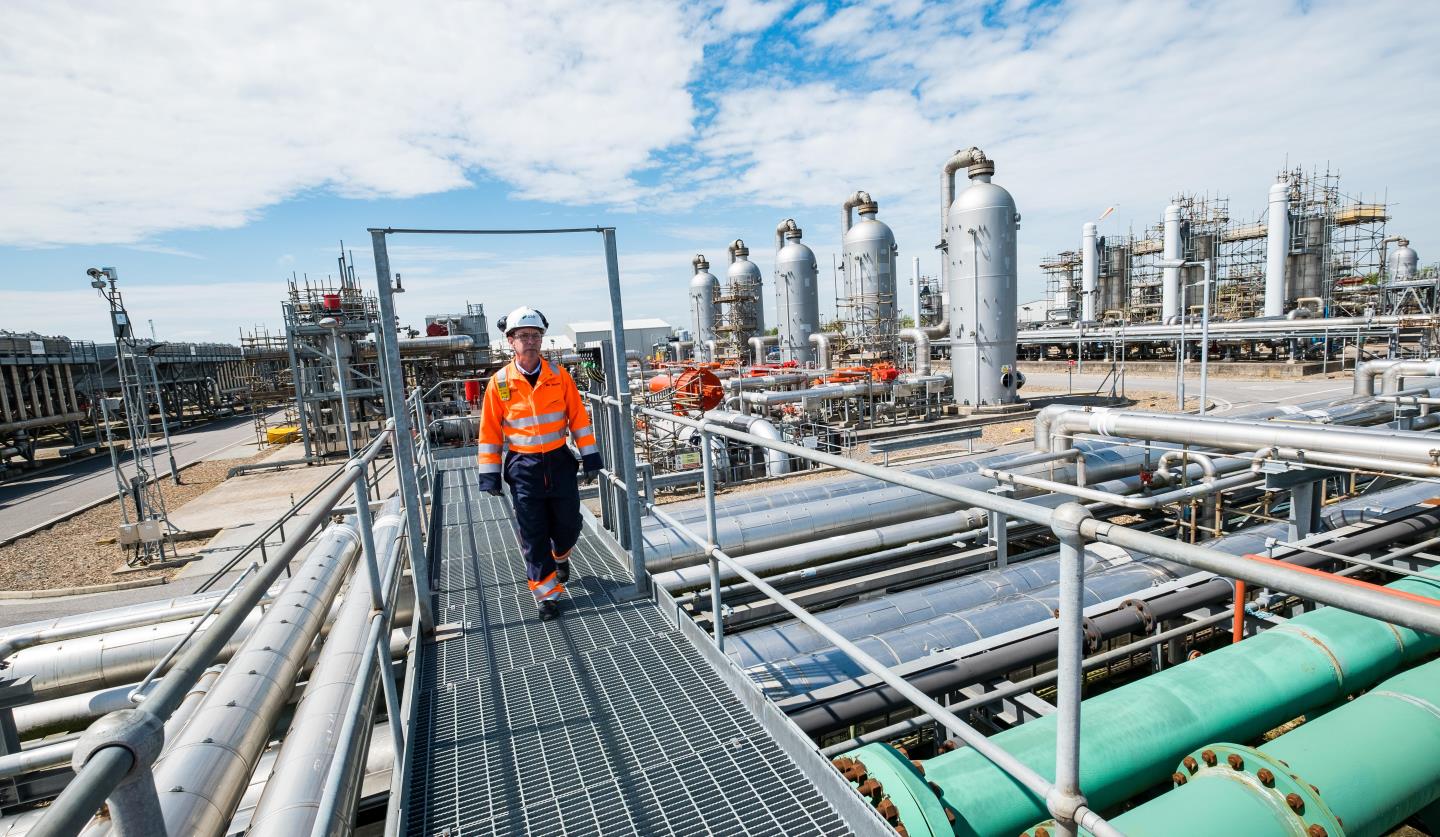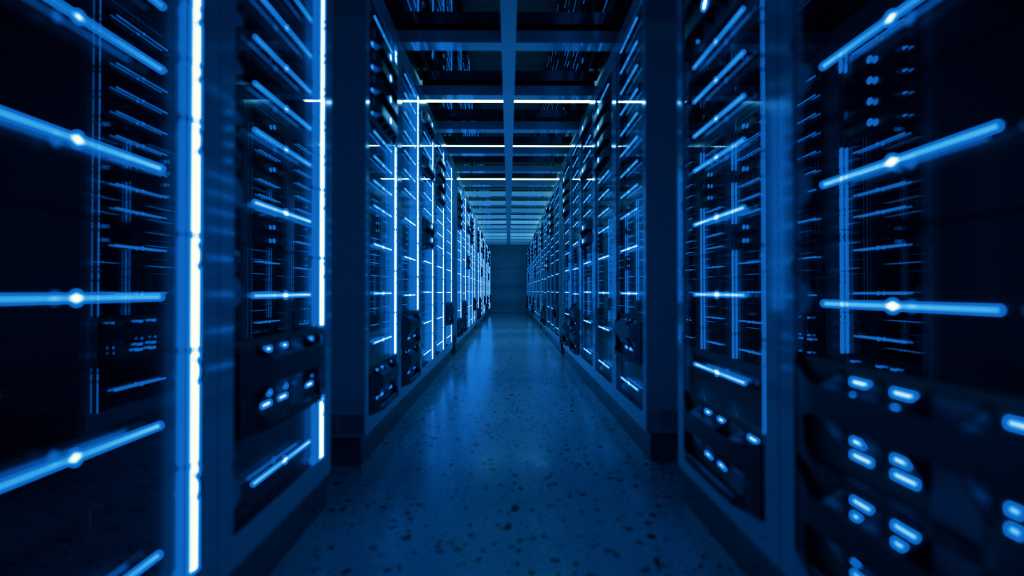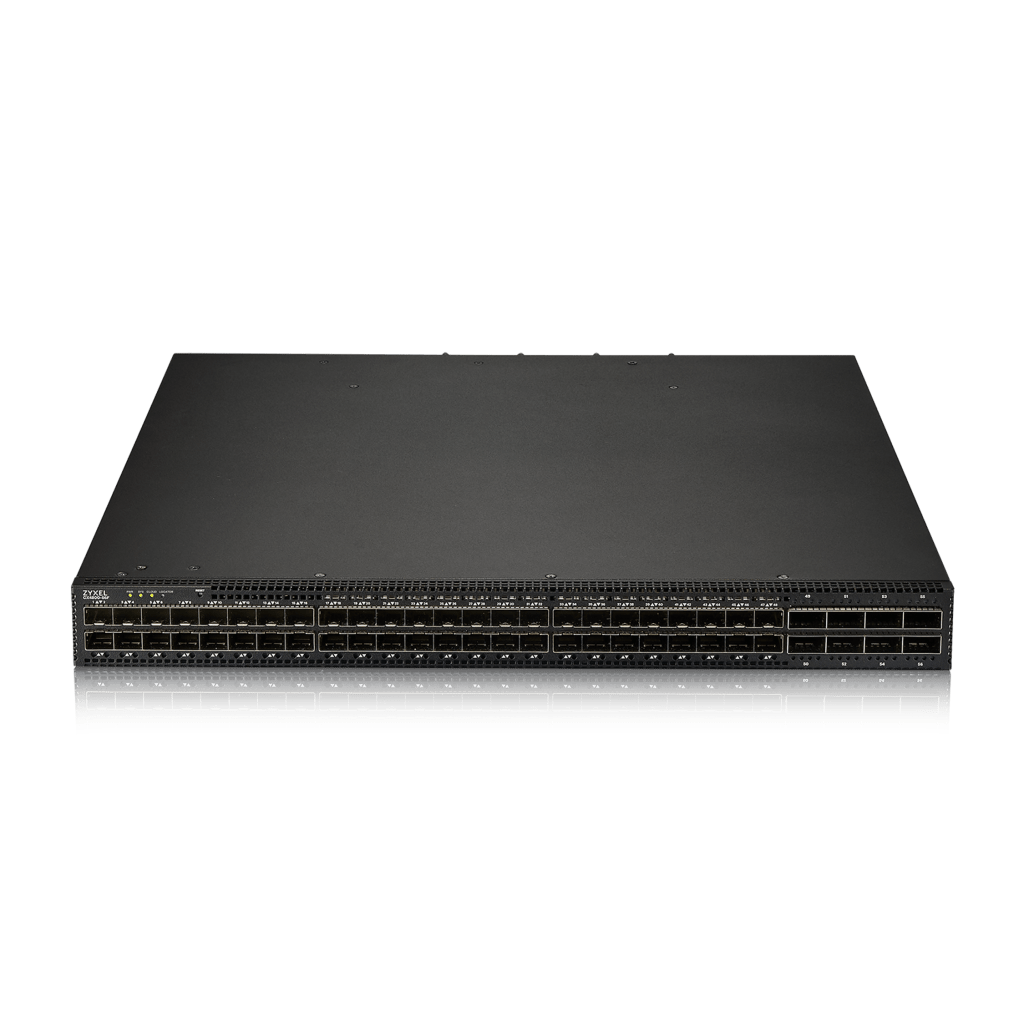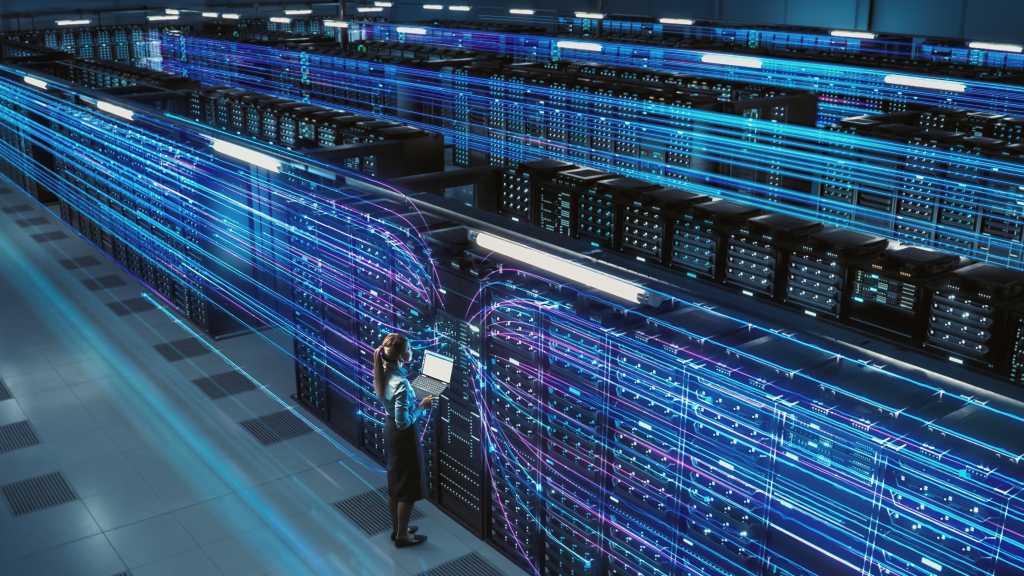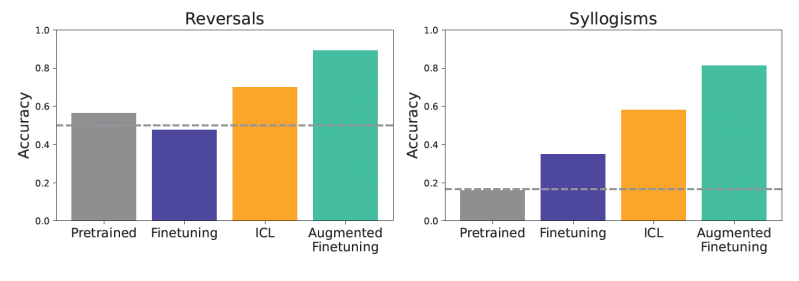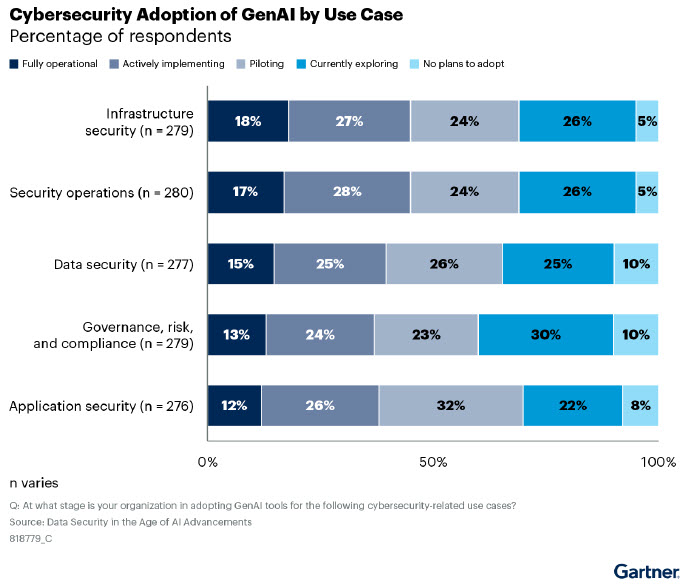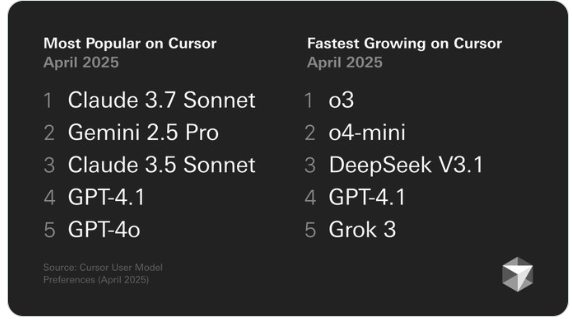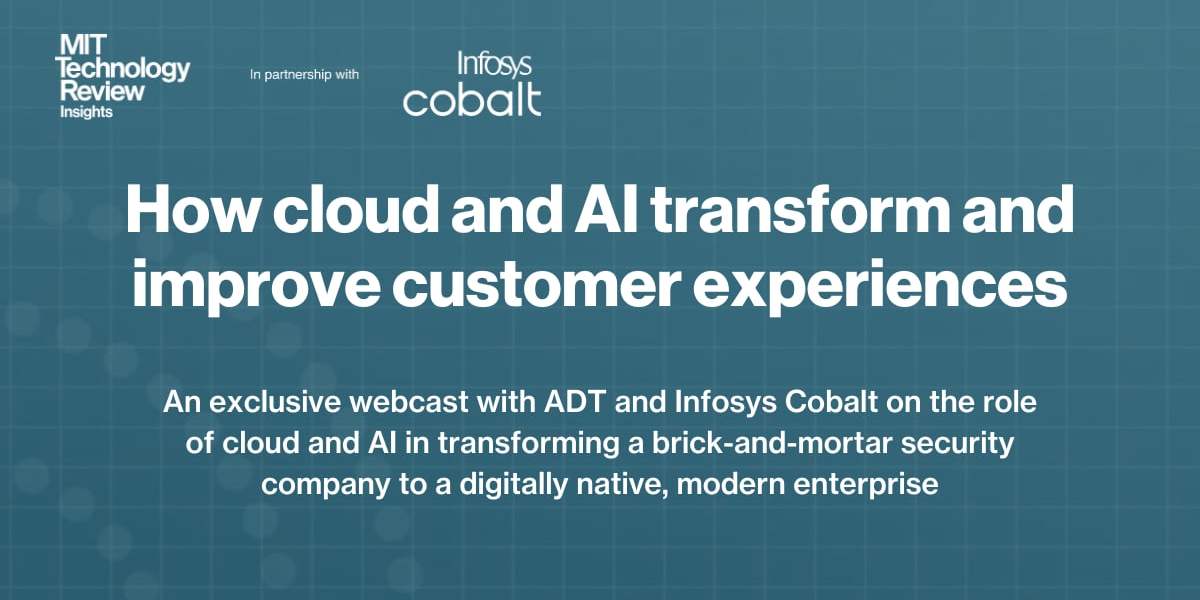This is today’s edition of The Download, our weekday newsletter that provides a daily dose of what’s going on in the world of technology.
Nokia is putting the first cellular network on the moon
Later this month, Intuitive Machines, the private company behind the first commercial lander that touched down on the moon, will launch a second lunar mission. The plan is to deploy a lander, a rover, and hopper to explore a site near the lunar south pole that could harbor water ice, and to put a communications satellite on lunar orbit.
But the mission will also bring something that’s never been installed on the moon or anywhere else in space before—a fully functional 4G cellular network. Read our story to learn why.
—Jacek Krywko
How to have a child in the digital age
Before journalist and culture critic Amanda Hess even got pregnant with her first child, in 2020, the internet knew she was trying. She saw pregnancy ads way before a doctor.
Hess’s experience is pretty typical these days, but still raises some big questions. How do we retain control over our bodies when corporations and the medical establishment have access to our most personal information? What happens when people stop relying on friends and family for advice on having a kid and instead go online, where there’s a constant onslaught of information?
In her new book, Second Life: Having a Child in the Digital Age, Hess explores these questions while delving into her firsthand experiences with apps, products, algorithms, online forums, advertisers, and more—each promising an easier, healthier, better path to parenthood. Hess asks: Is that really what they’re delivering? Read our interview with her.
—Alison Arieff
This subscriber-only story is from the next edition of our print magazine, which is all about relationships. Subscribe now to get a copy when it lands on February 26!
Inside China’s electric-vehicle-to-humanoid-robot pivot
—James O’Donnell
While DOGE’s efforts to shutter federal agencies dominate news from Washington, the Trump administration is also making global moves. Many of these center on China, which is leading the world in electric vehicles, robotaxis, drones, and with the launch of DeepSeek, perhaps AI soon too.
Now a new trend is unfolding within China’s tech scene: Companies that were dominant in electric vehicles are betting big on translating that success into developing humanoid robots. I spoke with China reporter Caiwei Chen about what it might mean for Trump’s policies.
This story is from The Algorithm, our weekly newsletter all about the latest in the world of AI. Sign up to receive it in your inbox every Monday.
How will generative AI change search?
Generative AI search, one of MIT Technology Review’s 10 Breakthrough Technologies of 2025, is ushering in a new era of the internet. Despite fewer clicks, copyright fights, and sometimes iffy answers, AI could unlock new ways to summon all the world’s knowledge.
Join editor in chief Mat Honan and executive editor Niall Firth at 1.30pm ET today for a subscriber-only Roundtable conversation exploring how AI will alter search. Sign up here to attend, and if you haven’t already, read Mat’s feature about it too.
The must-reads
I’ve combed the internet to find you today’s most fun/important/scary/fascinating stories about technology.
1 DOGE is on the cusp of accessing US taxpayer data
What they’re planning to do with it is anyone’s guess. (CNN)
+ FDA staff reviewing Musk’s company Neuralink were fired by DOGE last weekend. (Reuters $)
+ A top official at the Social Security Administration just left after refusing DOGE’s request to access sensitive records. (NBC)
+ Can AI help DOGE slash government budgets? It’s complex. (MIT Technology Review)
2 DeepSeek may be shifting towards monetizing its AI models
Right now, they’re open source and free. How long can that last? (South China Morning Post $)
+ How DeepSeek ripped up the AI playbook—and why everyone’s going to follow its lead. (MIT Technology Review)
3 We’re inching closer to a norovirus vaccine 💉
Plenty of people might welcome this, especially after this winter’s nasty rash of infections. (Scientific American $)
4 The war on diversity and inclusion initiatives is a smokescreen
And the people waging it will go much further, if we let them. (The Verge)
5 Some states claim zero abortions
Which is impossible, and hints at something worrying: official statistics are being politicized in the US. (Undark)
6 China is looking for its own ways to protect data from quantum computers
It’s spurning algorithms created in the US in case they contain secret back doors. (New Scientist $)
+ Chinese President Xi Jinping met some of the country’s top tech execs yesterday. (The Information $)
7 Reddit moderators are fighting to keep AI slop off the platform
It’s an important battle to many—but it’s only going to get harder and harder. (Ars Technica)
8 Meta has wasted $70 billion on the metaverse. This advert shows why.
This must presumably be the best they could do, and yet it’s just embarrassingly bad. (Forbes)
9 Working from home has turned us into office weirdos
But hey, maybe this is our chance to carve out some better, kinder office etiquette. (Business Insider $)
+ To be fair, we still don’t know how to behave on Slack or Zoom either. (NYT $)
10 Are noise cancelling headphones causing hearing problems?
Audiologists say excessive use may interfere with the way teens learn to process speech and noise. (BBC)
Quote of the day
“People do not feel safe speaking out in this country against the government.”
—Ryan Calo, a law professor at the University of Washington, tells the Washington Post that Elon Musk and President Trump’s keenness to take vengeance on people who criticize them is having a chilling effect.
The big story
What is AI?

What is AI?
July 2024
Artificial intelligence is the hottest technology of our time. But what is it? It sounds like a stupid question, but it’s one that’s never been more urgent.
If you’re willing to buckle up and come for a ride, I can tell you why nobody really knows, why everybody seems to disagree, and why you’re right to care about it. Read the full story.

